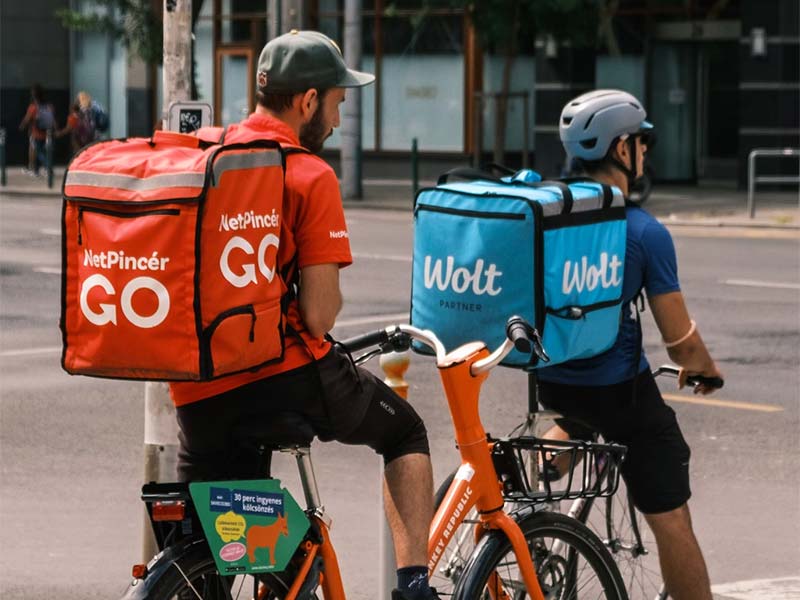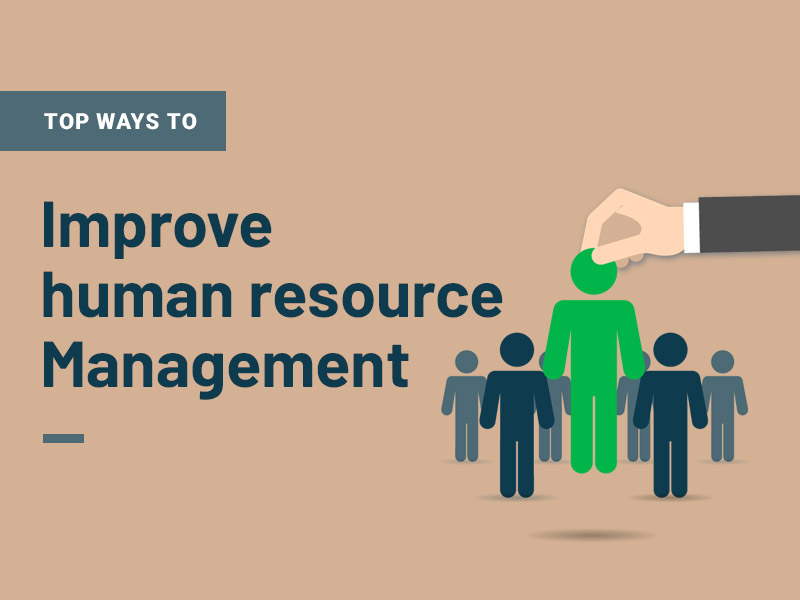“Technology has completely changed the manner in which we enjoy our meals.”
At its core, food delivery is the process of having ready-to-eat meals or groceries delivered to your door so you don’t have to cook or eat out. The idea of food delivery has taken an entirely different dimension in a period where time is a valuable asset and comfort is paramount.
This transformation has been fueled by quick progressions in technology, including the integration of route planning and optimization software like UpperInc. These developments have reshaped the food delivery industry by streamlining the delivery operations.
It has become an essential part of modern life, catering to the needs of busy professionals, mobile families, and individuals seeking a wide range of culinary experiences. Going ahead, we will learn about the seven remarkable ways technology has changed food delivery and how it has turned into an essential part.
Challenges of Food Delivery Before Technology
Food delivery was a far cry from the seamless experience it is now, with several challenges that frequently frustrated both restaurants and customers. Some of the common challenges include:
- Food delivery options used to be confined to limited options of eateries, leaving consumers with negligible options of cuisines and restaurants to choose from.
- Clients frequently endured extended waiting periods, with unsure delivery times that occasionally extended for quite a long time, impinging on comfort and fulfilment.
- Cash used to be the primary payment method, creating challenges like the need for exact change and expected disagreements about transactions, adding intricacy to the interaction.
- Due to a lack of real-time updates or tracking, customers frequently experienced anxiety and uncertainty about their orders’ status.
- Ordering was initially conducted through calls, which presented the potential for miscommunications and misunderstandings among clients and eateries.
- Guaranteeing the overall quality of the food represented a significant challenge, as there were restricted systems set up to screen and keep up with food quality during transit.
These were some of the challenges that needed the introduction of technology to transform the food delivery industry.
7 Technological Advancements in Food Delivery
Lately, technology has introduced another period of comfort and efficiency in the realm of food delivery. Herein, we will look at seven remarkable technological advancements that have changed the delivery of food:
1. Online ordering and payment
Before the digital insurgency, requesting food frequently involved getting the telephone, exploring menus through paper leaflets, and bobbling with cash upon delivery. Today, web based ordering has turned into the standard, smoothing out the whole process.
Clients can now browse extensive menus, tweak orders, and make secure payments through online platforms or mobile applications. Not only has it become more convenient to place orders from smartphones or computers, but it has also increased access to a wider variety of restaurants and cuisines.
2. GPS tracking
Envision the dissatisfaction of waiting for your food delivery with no thought of when it will show up. Customers can now track the progress of their orders real-time with the help of GPS tracking technology, which has ended this uncertainty.
Delivery drivers furnished with GPS gadgets or coordinated mobile applications communicate their location data, estimated arrival times, and even expected delays. The customer experience is enhanced, anxiety is reduced, and better planning is made possible by this level of transparency.
3. Mobile apps
The expansion of cell phones has paved the way for dedicated food delivery apps, making the process smoother. These applications combine features such as online ordering, GPS tracking, and installment handling into a solitary, easy-to-use interface.
Applications like UberEats, Grubhub, and DoorDash give a consistent experience, offering broad eatery choices, instinctive routes, and customized suggestions in light of past orders. Also, customers are informed about any type of discounts or promotions via push notifications.
4. Artificial intelligence
Artificial intelligence (AI) plays an important role in enhancing the food delivery experiences.
The algorithm of AI helps to offer customized recommendations upon the available client data.
Moreover, chatbots are introduced to take care of basic issues or tracking orders. These AI-powered tools offer prompt help in any event guaranteeing a smoother client experience.
5. Big data
The information gathered through food delivery platforms is a goldmine for insights and improvements. Cafés can utilize this information to tailor their menus, estimating, and showcasing systems to more readily satisfy client needs.
Big data analytics processes immense data, distinguishing patterns, and identifying the scope of improvements. Data-driven recommendations guarantee a more enjoyable and individualized dining experience for customers.
6. Contactless delivery
The COVID-19 pandemic sped up the adoption of contactless delivery strategies. Security concerns provoked advancements like touchless payment options and contactless handovers.
Clients can now demand contactless delivery which incorporates leaving orders at the doorstep, alarming clients through application warnings, and processing payments online. These actions have safeguarded public well-being as well as offered a feeling that everything is good during uncertain times.
7. Delivery robots
As technology keeps on propelling, some food delivery services are trying different things with independent delivery robots. In order to deliver food orders directly to customers’ doors, these machines navigate sidewalks and streets.
Although this innovation is still in its beginning phases, it holds the guarantee for upgrading the productivity of food delivery, reducing delivery times, and limiting human work.
To sum up, the way we order, track, and receive our favorite meals has been transformed by technological advancements in food delivery.
Benefits of Technology in Food Industry
Technology acts as a catalyst for upgrading efficiency, security, quality, and sustainability. Let us learn some of the benefits it brings to our tables:
- 1. Technology smoothes out different stages in the food business, from production to distribution. Automated frameworks assist with diminishing human error, improve consistency, and increase overall efficiency.
- 2. High-level hardware and strategies, for example, precision cooking and packaging technology, add to further developed food quality. This meets consumer expectations as well as decreases food squandering.
- 3. Technology helps with stock tracking and management, limiting food wastage, and improving inventory chains. Stock frameworks can foresee demand, diminish overloading, and guarantee fresher products.
- 4. Mobile applications, online platforms, and social media have changed how buyers interact with the food business. These advancements provide eateries and food producers with direct channels to draw in clients, gather feedback, and offer customized experiences.
- 5. The technology works with sustainability endeavours in the food business. From precision agriculture to sustainable packaging solutions, it empowers the decrease of environmental impact and advances eco-friendly practices.
We have learned about some of the common benefits of technology to any food delivery business.
Conclusion
To sum up, technology has emerged as the driving force behind a significant change in the food delivery industry. These developments have upgraded comfort as well as raised the overall client experience. Requesting from an immense choice of eateries, following deliveries in real-time, and getting customized recommendations are presently the norm.
Further, the adoption of contactless delivery advanced rapidly during the COVID-19 pandemic, and has focused on safety without compromising service quality. Automation, sustainability, and AI that is even more advanced are all on the horizon. As we peer into the future, it’s apparent that technology will keep on molding the food delivery industry.







